1. Gilbert U-238 Atomic Energy Lab
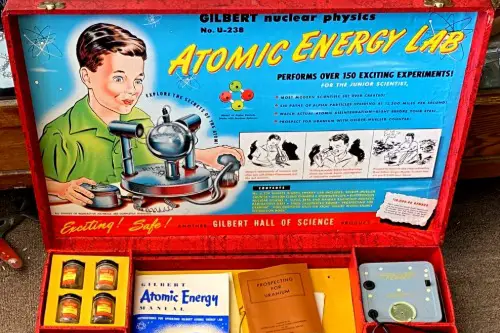
This 1950s science kit was meant to inspire a love of chemistry and physics in kids—but it came with actual radioactive materials. That’s not an exaggeration; the kit included four uranium-bearing ore samples. It also had a working Geiger counter, a cloud chamber, and instructions on how to detect nuclear decay at home. Sounds wild today, right?
Back then, the dangers of radiation weren’t fully understood, but it didn’t take long before concerns caught up. The kit was pulled from shelves after just a year of poor sales and growing alarm, Jess Thompson from Newsweek explains. Today, it’s a rare collector’s item—but good luck legally owning one with the uranium still inside. In modern terms, it’s definitely considered hazardous contraband.
2. Lawn Darts (Jarts)

Lawn darts were the ultimate backyard competition for families in the ’70s and ’80s. You’d toss these heavy, spear-like darts into plastic rings on the grass, hoping to outscore your friends. The only problem? They were literally spears, and they didn’t always stick to the game rules—or the ground.
After dozens of serious injuries and at least three child fatalities, the Consumer Product Safety Commission (CPSC) banned them outright in 1988, according to Matt Soniak from Mental Floss. Even the “safer” versions with blunt tips still made regulators uneasy. If you try to sell or import the original metal-tipped sets today, you could face legal trouble. They’ve gone from nostalgic to downright outlawed.
3. Snacktime Cabbage Patch Kids
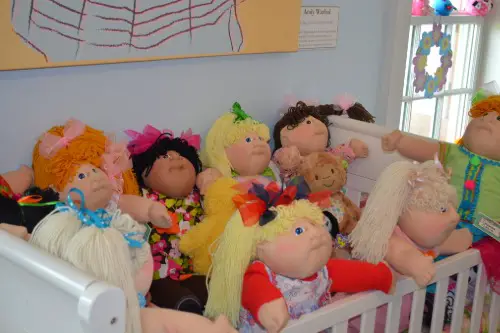
In the mid-1990s, Cabbage Patch Kids got a battery-powered twist with the Snacktime line—these dolls could “eat” plastic snacks fed into their mouths. The motorized jaws didn’t stop for anything, which unfortunately included kids’ fingers and even hair. Several parents reported injuries when the doll clamped down and wouldn’t let go. The motor had no off switch and just kept chewing.
Mattel issued a voluntary recall in 1997 after mounting complaints and bad press. The doll hasn’t been seen on shelves since, and it’s not likely to make a comeback. Trying to resell one can still trigger safety regulations because of the embedded motors. It’s one of those toys that proved automation isn’t always kid-friendly.
4. Sky Dancers
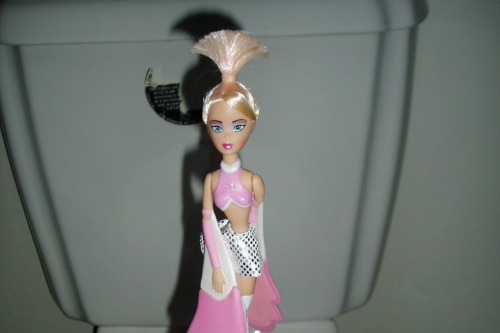
These whimsical fairy dolls took flight with a ripcord launcher, spinning and soaring through the air with unpredictable force. While they looked magical in commercials, the reality was a lot more chaotic. Kids quickly learned that the dolls didn’t always fly up—sometimes they shot straight into faces, eyes, and fragile things nearby. Over 100 injuries were reported, from facial lacerations to temporary blindness.
The CPSC stepped in, and Galoob recalled 8.9 million units in 2000, according to Morgan Sung from Mashable. They were a genuine hit in the toy market but couldn’t survive the safety scrutiny. Today, any attempt to manufacture or sell them with the original design would likely violate current toy safety laws. They’ve earned their place in the hall of fame and the hall of danger.
5. CSI: Fingerprint Examination Kit

Based on the popular crime TV show, this toy kit was supposed to let kids dust for fingerprints like real forensic experts. The problem? The powder included in the kit contained tremolite, a form of asbestos—a well-known carcinogen. When used as instructed, kids could unknowingly inhale dangerous fibers. It wasn’t just unsafe, it was downright negligent.
In 2007, the Asbestos Disease Awareness Organization blew the whistle, leading to a major recall. The manufacturer was hit with lawsuits and intense scrutiny from consumer groups. It’s now a cautionary tale in how not to make educational toys. Asbestos-containing products are banned in many places, making this kit illegal to sell or import today.
6. Battlestar Galactica Colonial Viper

This 1978 toy spacecraft came with a spring-loaded missile launcher that was all fun—until it wasn’t. The tiny red projectiles were the perfect size to lodge in a child’s throat, which tragically happened when a young boy choked to death. The incident sparked a recall and led to a huge shift in how toy missiles were made. Suddenly, all projectile toys needed “choke-test” compliance.
The toy’s danger helped usher in the first big wave of U.S. toy safety regulations. Hasbro, and others, redesigned future toys to prevent similar accidents. While you can find replicas today, the original firing version is effectively blacklisted for child safety compliance. That one tragic mistake changed the industry forever.
7. Creepy Crawlers (Original Mold Sets)

The early versions of Creepy Crawlers used real metal molds and a heating device called the “Thingmaker,” which could reach temperatures of over 300°F. Kids would pour “Plasti-Goop” into the molds and cook up rubbery bugs, lizards, and worms. But it wasn’t just the goop that was risky—the metal molds and heating element caused numerous burns. No safety guard, no heat timer, just a live hotplate in a toy box.
While later versions were re-engineered with safer plastic molds and lower temperatures, the originals are considered unsafe by today’s standards, according to Phil Edwards from Trivia Happy. They’re banned under modern toy safety laws due to heat and burn risks. Trying to import or sell a working original set could land you in hot water with the CPSC. It’s a case of “too hot to handle,” literally.
8. Clackers
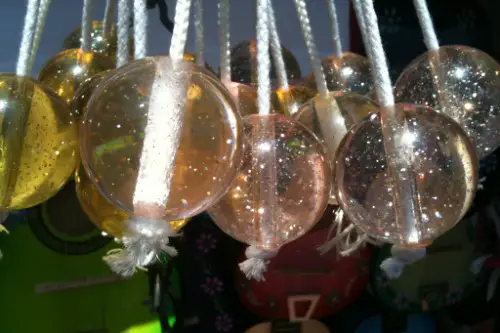
Also known as “click-clacks,” these hard acrylic balls were tethered by a string and swung in opposite directions to create a rhythmic clacking noise. They became a playground craze in the late ’60s and early ’70s. But as kids swung them harder, the balls sometimes shattered, sending sharp shards flying in all directions. Eye injuries and facial cuts were common enough to raise alarms.
The CPSC eventually stepped in, and the toys were banned from mass production. Despite the ban, knock-offs occasionally pop up and are quickly flagged by customs officials. They might look harmless, but they’re considered contraband in many regions due to the shattering risk. Nostalgia doesn’t override liability.
9. Aqua Dots
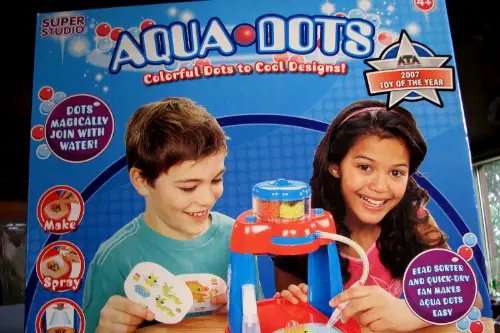
These colorful beads were a creative hit—you’d arrange them into designs, spray them with water, and they’d fuse together. The big problem was the chemical coating: it metabolized into gamma-hydroxybutyrate (GHB), also known as the “date rape drug,” when ingested. Several children were hospitalized after swallowing the beads and falling unconscious. This was not the kind of chemistry anyone signed up for.
The toy was pulled from shelves worldwide in 2007, and the manufacturer reissued a safer version under a different name. But the original Aqua Dots are now treated as a controlled substance in some countries due to the GHB connection. Owning or reselling them can have legal consequences depending on local laws. It’s one of the most bizarre cases of a toy turning chemically criminal.
10. Easy-Bake Oven (2007 Model)

The Easy-Bake Oven has been a beloved staple since the 1960s, but the 2007 model turned up the heat on safety risks—literally. This version had a front-loading design that allowed small fingers to get stuck in the oven chamber. Over 200 reports of children getting fingers or hands caught led to serious burns, and one 5-year-old had to have part of her finger amputated. Not exactly the kind of cooking lesson you’d hope for.
Hasbro recalled nearly one million units in response to the outcry. The newer models are much safer, but the 2007 batch is now seen as a dangerous anomaly. If you’re sitting on one in the attic, it’s not something you’d want to sell on eBay. The CPSC would call it a burn hazard, and that’s putting it lightly.
11. Magnetix Building Sets
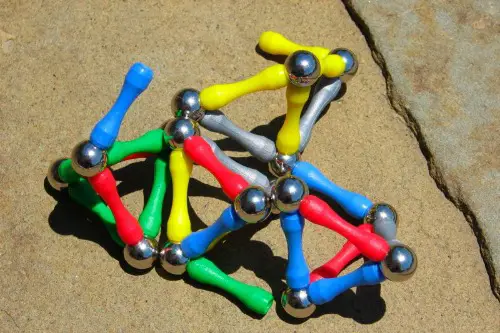
These construction toys used tiny, powerful magnets inside plastic rods and balls to create all kinds of shapes and structures. But the magnets were prone to falling out, and if a child swallowed more than one, they could attract inside the intestines—causing tears, blockages, and even life-threatening injuries. More than 30 serious incidents were reported, including one death. The injuries weren’t just rare—they were devastating.
In 2006, the CPSC issued a massive recall and laid down stricter standards for magnetic toys. Today, building sets with loose or unsealed magnets are heavily regulated. Selling or importing original Magnetix kits without modifications could land you in legal hot water. They’re a classic example of how a small part can be a big hazard.
12. Super Elastic Bubble Plastic
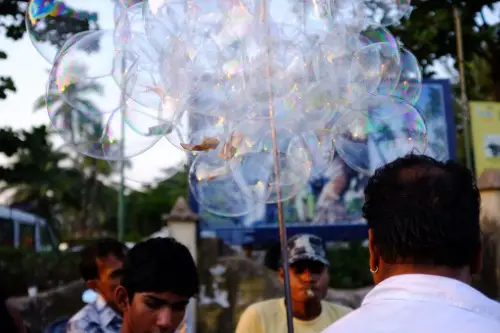
This 1970s fad toy let kids create giant, balloon-like bubbles using a tube of goo and a small plastic straw. It felt like magic—until you realized the goo contained solvents like acetone and ethyl acetate. These are flammable and toxic chemicals, especially when inhaled in enclosed spaces. Blowing bubbles meant breathing in dangerous fumes.
Kids complained of dizziness and headaches, and parents eventually caught on. The product was discontinued as public health concerns mounted. It’s now banned in many regions due to the combination of fire hazard and inhalation risks. You might miss the fun, but your lungs certainly won’t.


